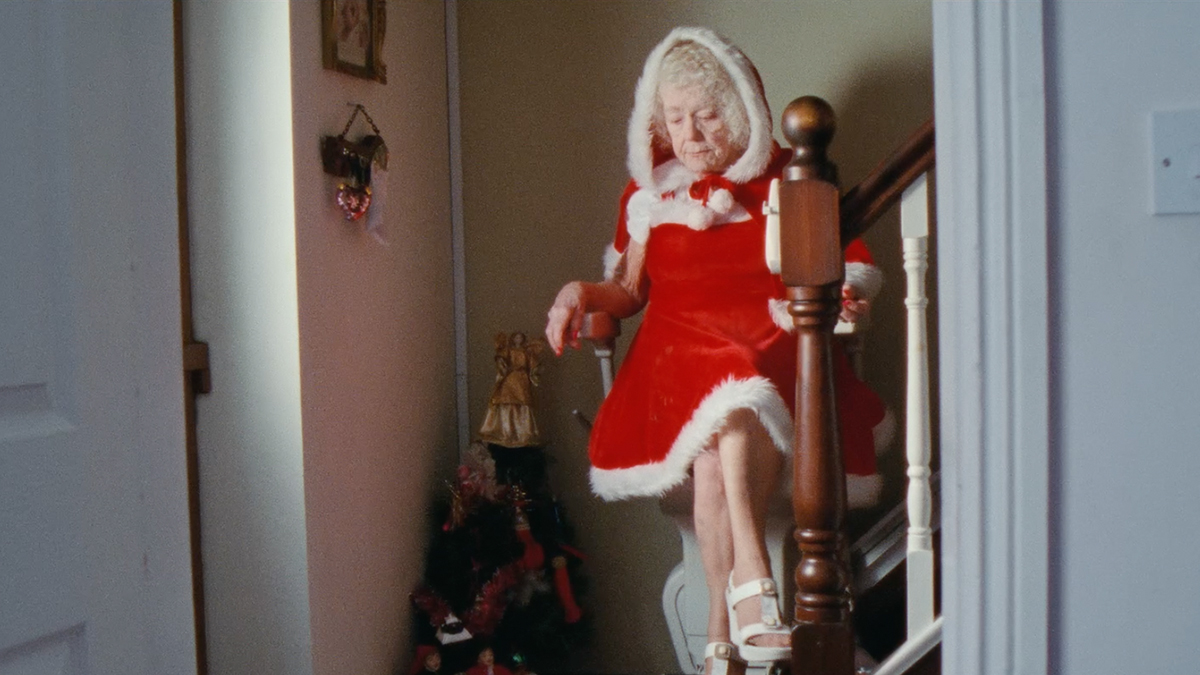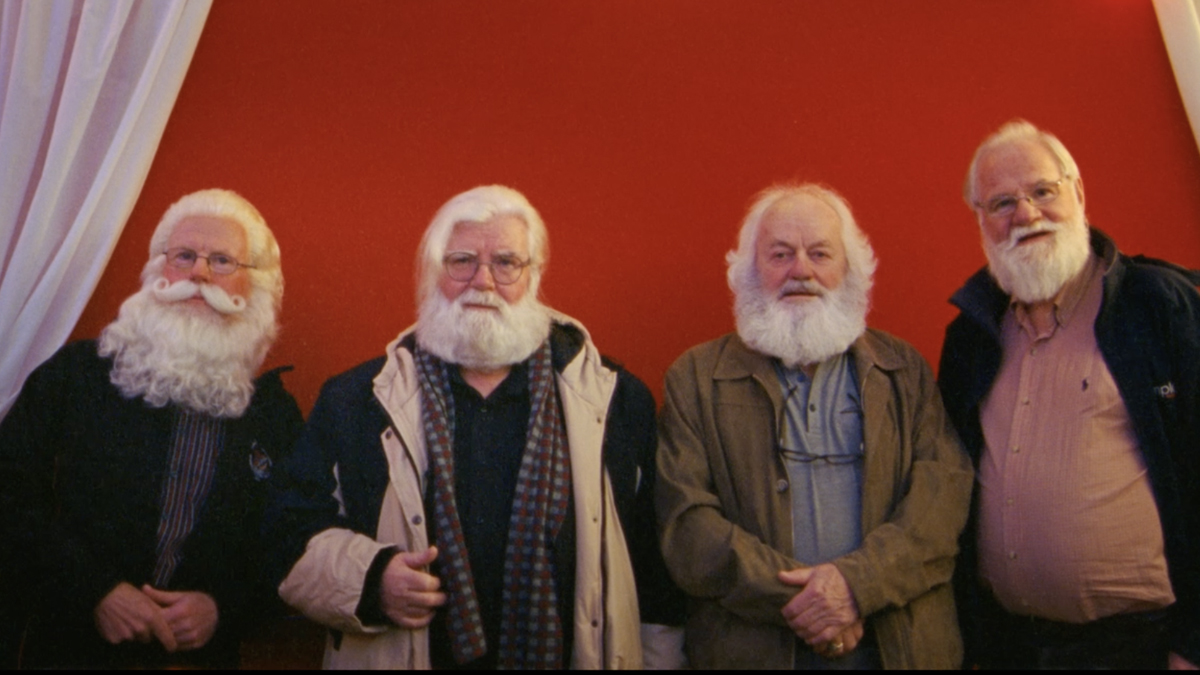Ken Wardrop is synonymous with heartfelt documentaries that highlight elements of Irish life. From relationships between mothers and sons to piano teachers’ role in their students’ lives, Wardrop’s take on human connection is warm and insightful. His latest documentary, ‘So This Is Christmas’, examines life for five Irish people in rural Ireland whose experience of Christmas isn’t all about festive cheer. Grief, loneliness, and financial pressures are just some of the themes raised in the film, but so is the meaning of Christmas and how a little bit of kindness can make a world of difference at the most wonderful time of the year. We spoke with Wardrop to find out more.
The film was initially titled I Hate Christmas. Did the title change reflect a change in how the documentary turned out?
Yes, it started as one kind of film, but it became something else when we discovered the people and their stories. We had a few different working titles, but when I’ve had the opportunity to make films before, the title always seems to change by the end of the film. The journey you go on with a documentary, especially those I’m involved in, constantly evolves. It’s not an essay documentary, or a thesis documentary where I know the answers. Documentaries evolve, and you have to go with them. So This Is Christmas makes sense. Christmas is something you can take or leave; it can be a different thing for different people. It’s a good, bad, and ugly time of year. I know there are huge fans out there, but Christmas is a complicated time for so many people and many different reasons. My granny died on Christmas Day, so for many years afterwards, Christmas was a time of reflection. My mum, being a mother, wanted to have good vibes for us children, but there was always a cloud after that.
Christmas reminds a lot of people about what they don’t have. I have just turned 50, I’m a gay man with no kids, and I see the world and how Christmas evolves around kids. It reminds you of things you may not have in your life that don’t come into focus at other times of the year, but the things I remember around Christmas are associated with children, the magic of it, and the traditions.
It is a hard time, too, for people who are struggling with finances, and I’ve seen that in my own family, where family members put themselves under so much pressure. Christmas for them, because of stress. I have friends who live abroad, and I see how Scandinavians approach it quite differently; commercialisation hasn’t infiltrated it the way it has here. They are wealthy, but they make Christmas presents for the family; it’s a different vibe.
That’s why we should treat it with more respect and be more careful because there are people next door to you or living around the corner who are struggling. A smile or a wave could make all the difference to them, so it’s time to make a little more effort because you don’t know how people are dealing with the festivities.
The documentary focuses on five people. How did you choose them?
We had researchers, we did a call-out, and we reached out to organisations, but invariably they came from connections. Most came from word of mouth; we spread the word, saying we’re looking for characters that may have a story connected to this time of year. It was quite a long process; we met a few, but you click with some people. You feel a connection and know you can go on this journey together. They’ll trust me, and we have the vibes, but the biggest thing is you get a feeling in your gut when you meet someone and know their story is important and needs to be told. The film is set in small-town Ireland, and small-town Ireland now is reflective of our growing diverse community, and it was important for me to reflect that. Unfortunately, one of the characters who reflected Ireland today had to pull out the week before. I was disappointed; he had an important story, but I could understand why he decided not to proceed. That’s the journey as a documentary filmmaker; something always changes, and you never know where you will end up.
More so than your previous work, this documentary focuses on people with painful and deeply personal stories. How do you work with them to open up and not be afraid to show emotion on camera?
First and foremost, you build up a relationship before the camera comes in. We go through everything that we’ll talk about and make sure they’re comfortable. We speak in a conversation as opposed to an interview. We built up a rapport, and they understood what the film was, and, in this context, everybody knew that the other characters have equally complicated and difficult stories. It all comes down to trust. When filming is done, you have to be protective in the edit. I got so close to these people that I felt like I was sitting down with a friend. There was a bond between us that continues to this day. I care about these people; they have become part of my life. As you say, this is more personal than my other films because I spent so much time with these people. The closer we got; the conversation became a conversation between two friends. If there was emotion, that was because the characters felt comfortable with me. People can be afraid of emotion, but what is wrong with tears? I cry all the time. The truth is so freeing and so liberating; emotions are liberating.
As well as the interviews, you have gorgeous shots of traditional Christmas elements, like choirs singing or trees lighting up. Why did you decide to have those in-between scenes?
I call them my advent scenes as a way of doing a countdown to Christmas instead of the more traditional way of having writing on the screen. It shows the world getting busier and busier as we get closer to Christmas. I ran around grabbing shots as we were doing the interviews around the country. They represent the fun and hopeful parts of Christmas, and they are a light relief between the interviews. We shot on 35-millimetre film, so that’s quite constraining. We didn’t have the stock to keep rolling. I was always fearful that we’d run out of stock, so the poor DOP was under a lot of pressure, but we were living on the edge. Having constraints and limitations can be very creative and empowering.


The snow in the film looks beautiful. Did you have to move quickly to film it before it melted?
We were so lucky that we were filming at the time. Usually, the snow comes in, and by the time you shoot, it’s a big slushy mess, but we were there. It was serendipitous. We were very fortunate to get snowy days and to be with all the characters on the snowy days. We were just blessed because it adds something to it.
Another thing that adds to it is Eimear Noone’s beautiful score. How did she get involved?
I chanced my arm! I sent her an email with a link to the film, and she came back and said she wanted in on this project. She genuinely connected, and she’s been a real champion of the film. It was a real privilege; we got to do it with live musicians. I never had the opportunity as a filmmaker to do that before. Eimear and her partner Craig are very much a team when it comes to the composition. They were both amazing, and I was blessed to have them on board this project. Their music is so cinematic it really elevates the film.
What do you hope audiences will take away from the film?
I hope they step back and really consider what Christmas is about. That’s such a cliche thing to say, and we say it every year; honestly, it’s so important, and people don’t do it anymore. One of our cast, Jason, sums it up best, he says the most precious thing is time with people who care about. I have someone in my life who’s very close to me, who has two children and has had financial trouble, but I reminded them that whatever happens on Christmas day, they will be sitting on that couch with those two boys wrapped around them and I will be the envious one. I have a lot compared to this person, but I don’t have that. So, I hope people think about holding people close to us and being kind to others.
Words – Cara O’Doherty
SO THIS IS CHRISTMAS is at cinemas from November 17th


